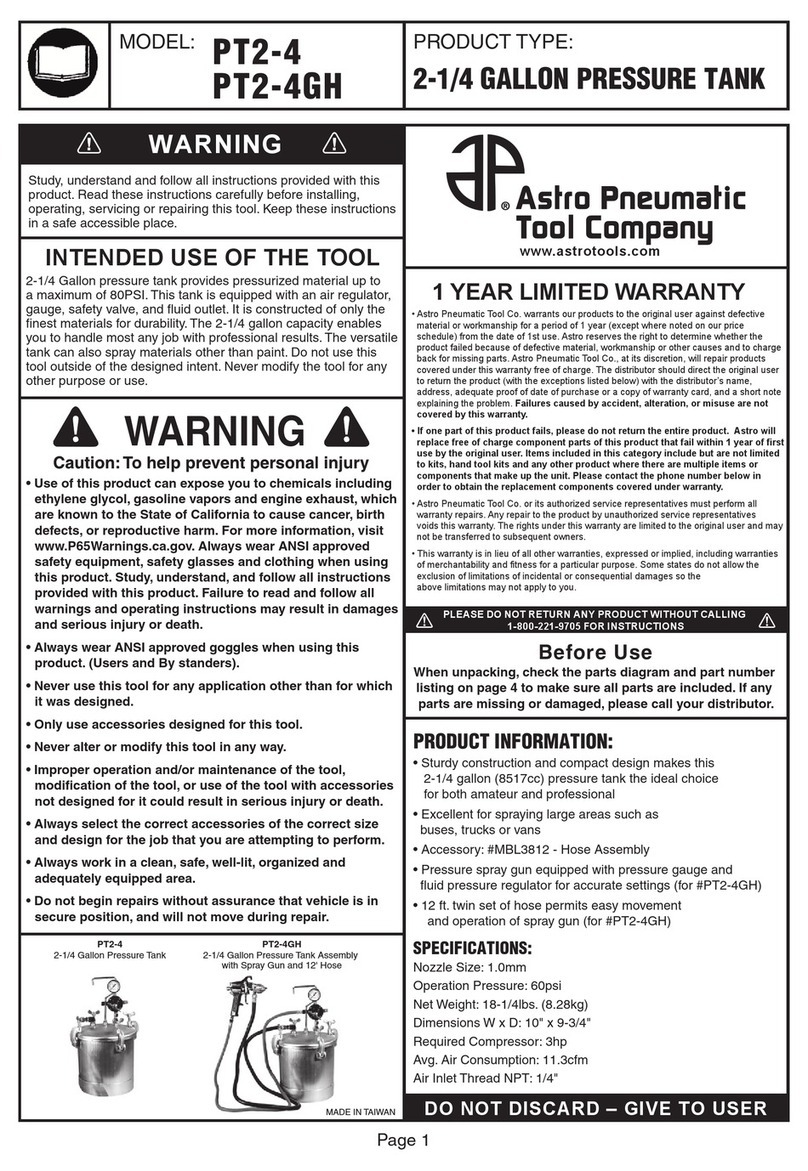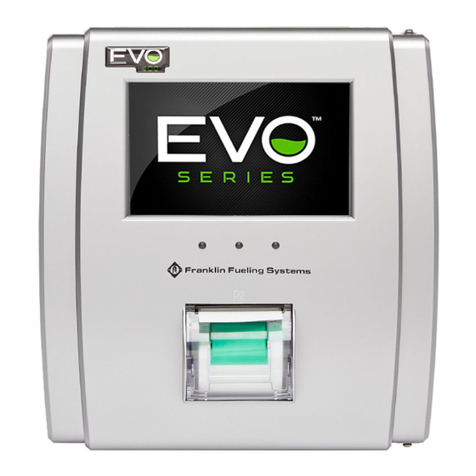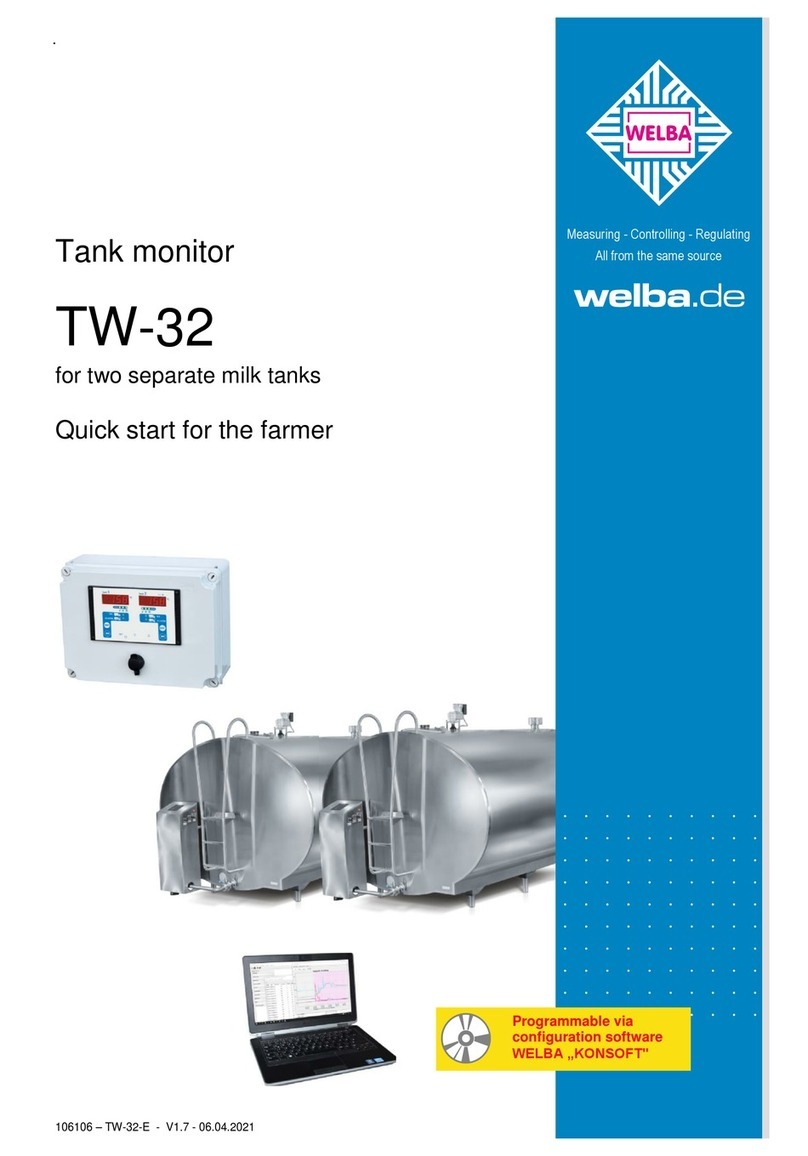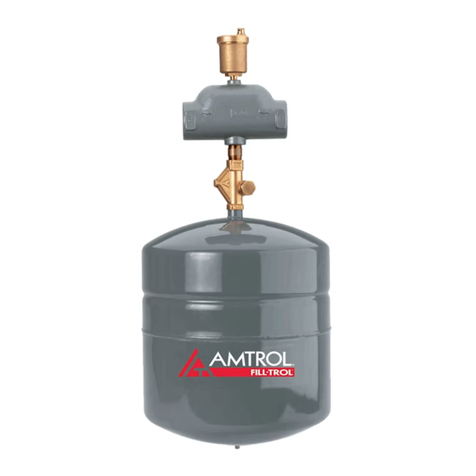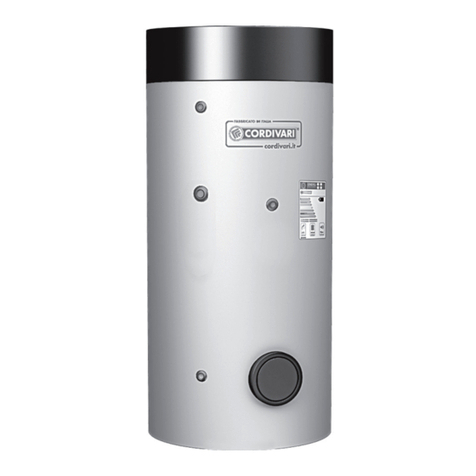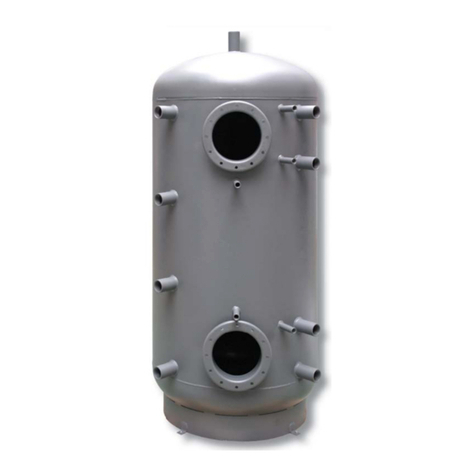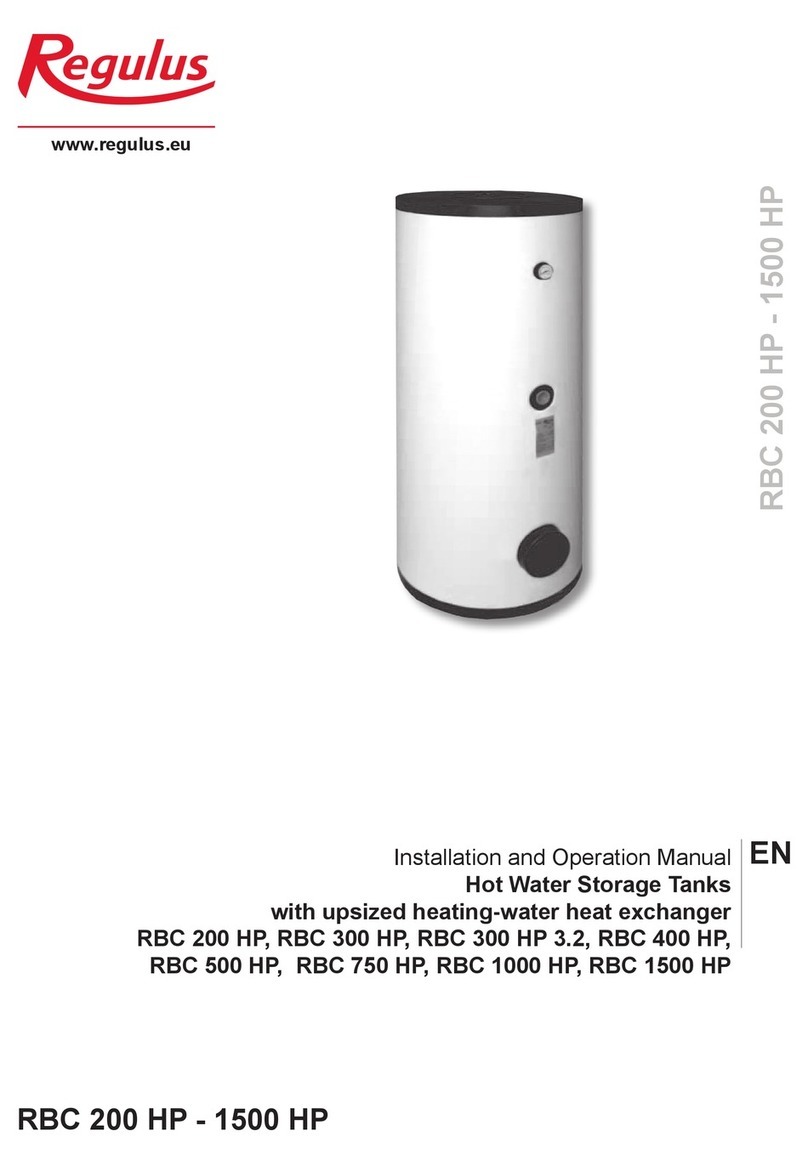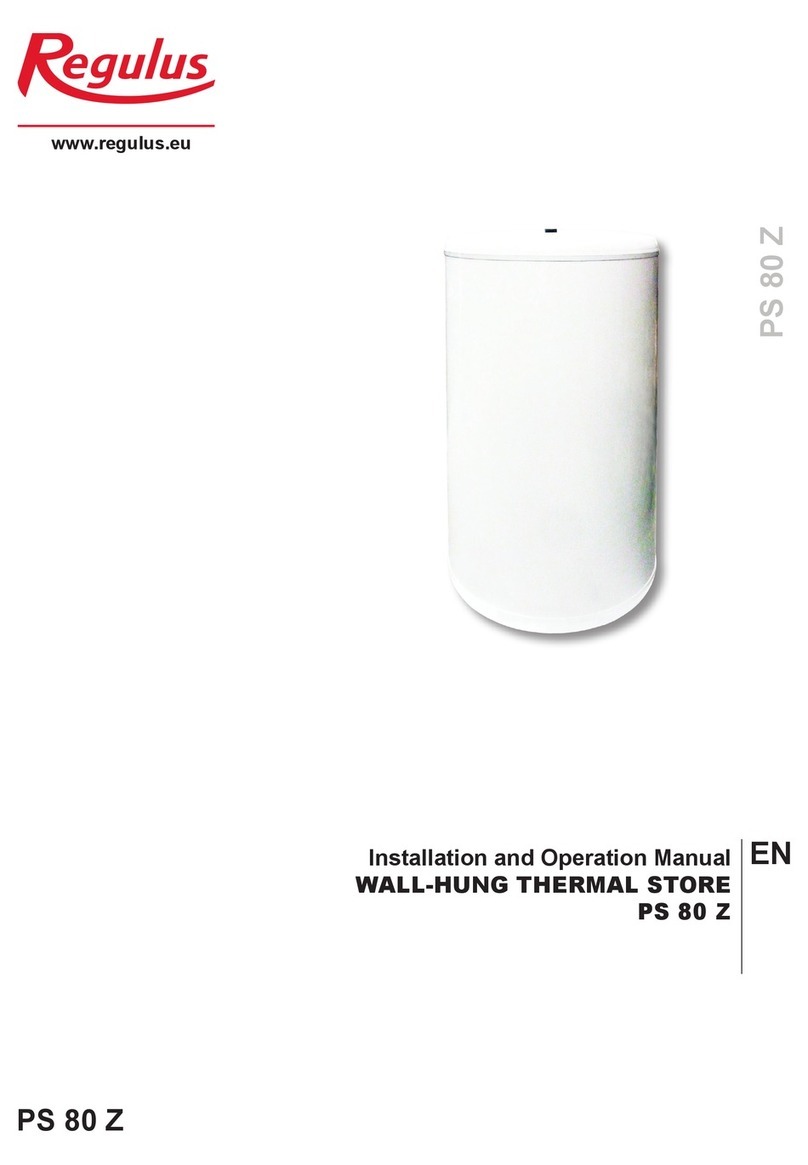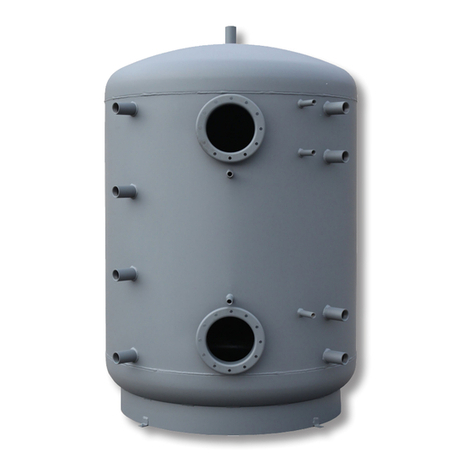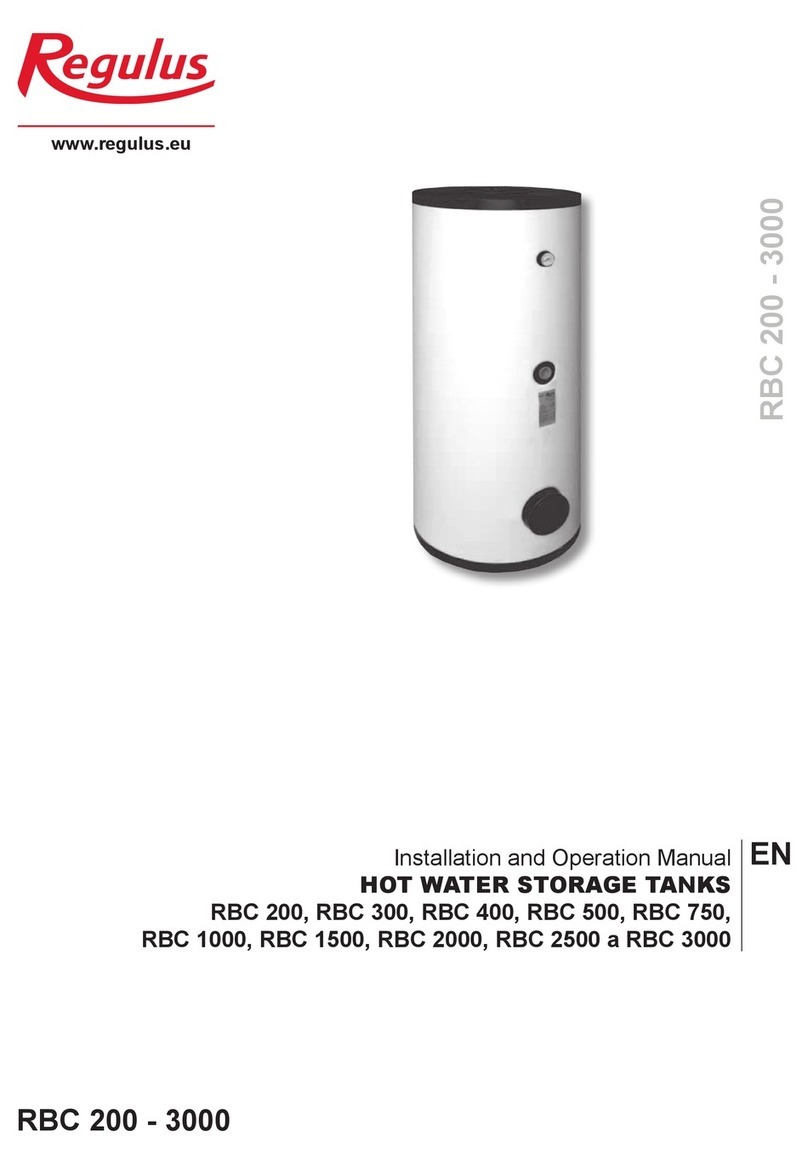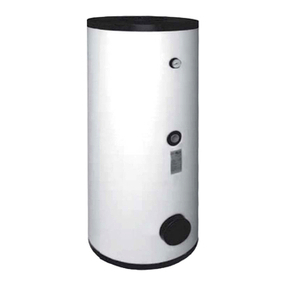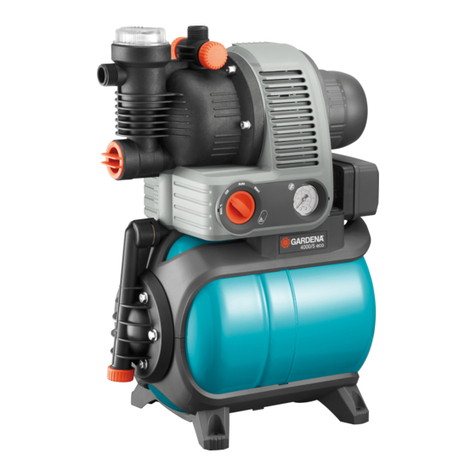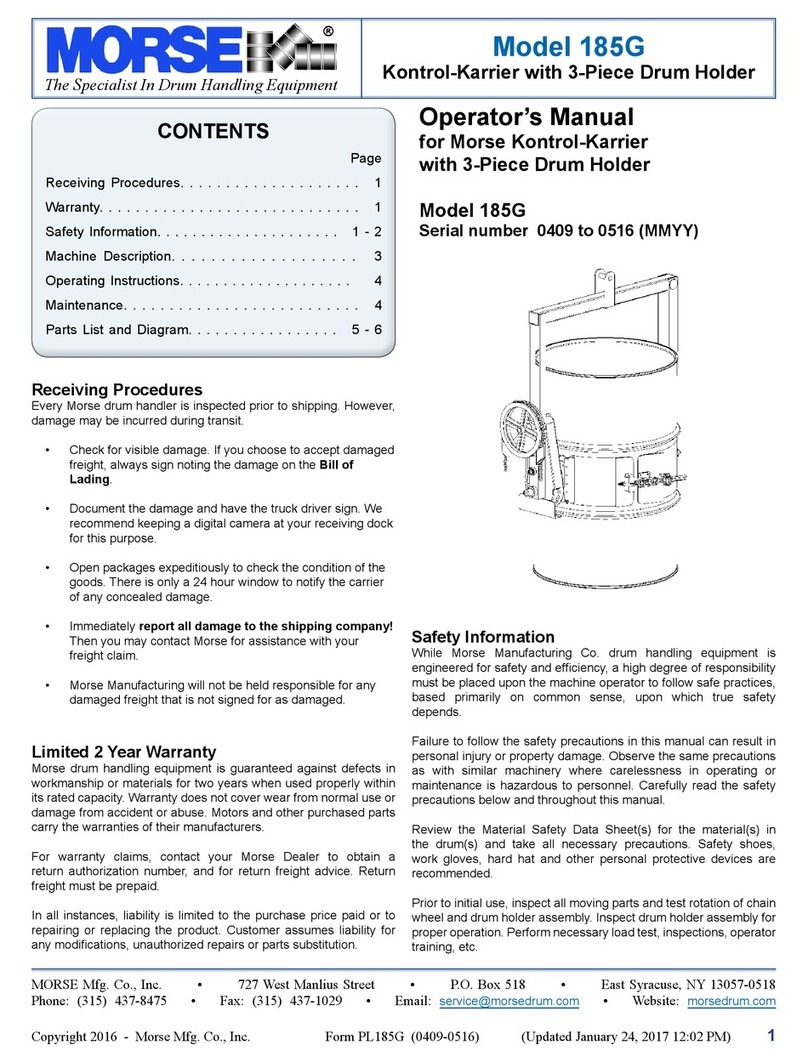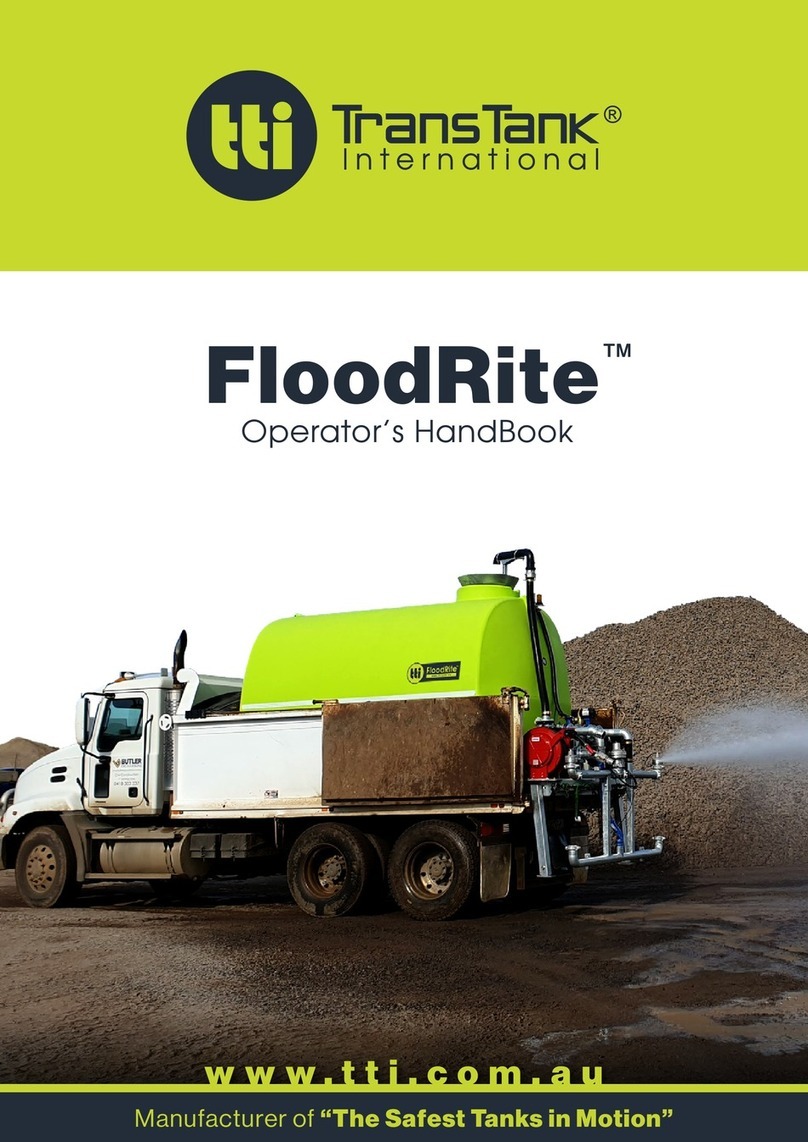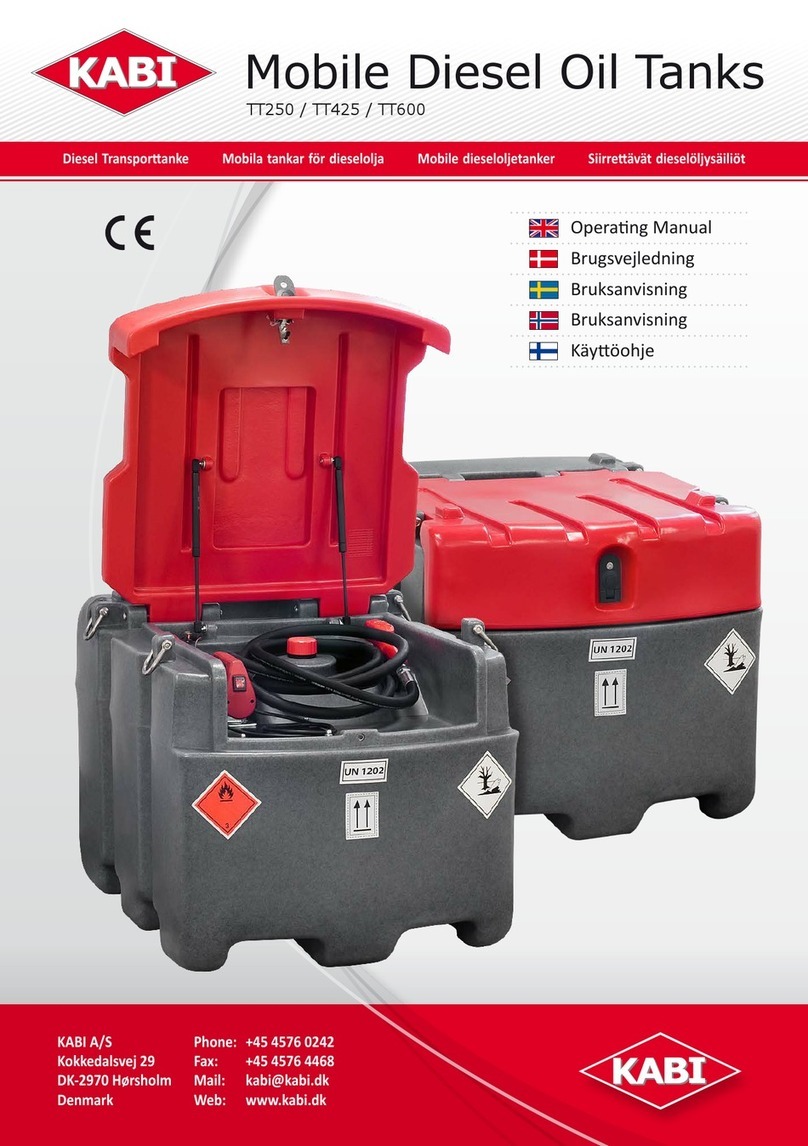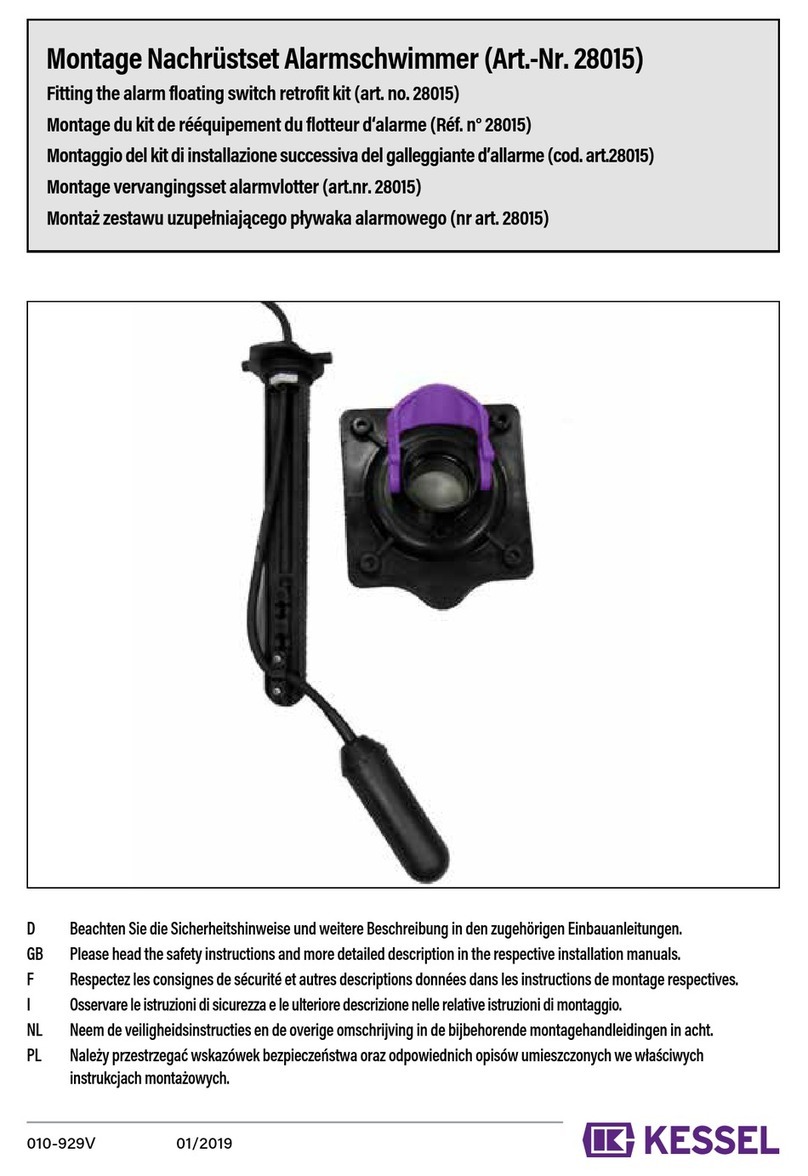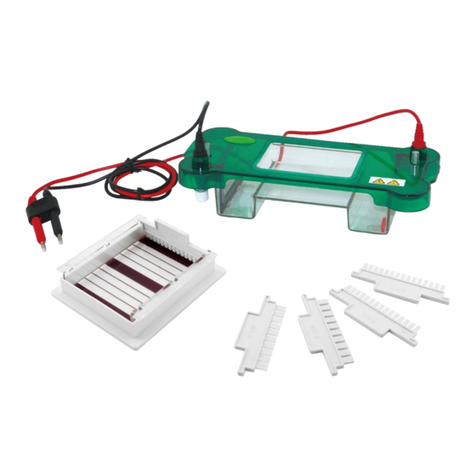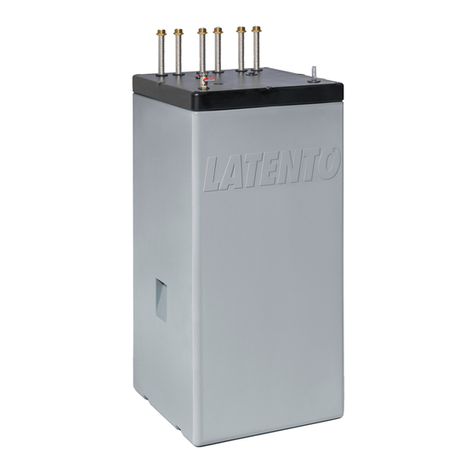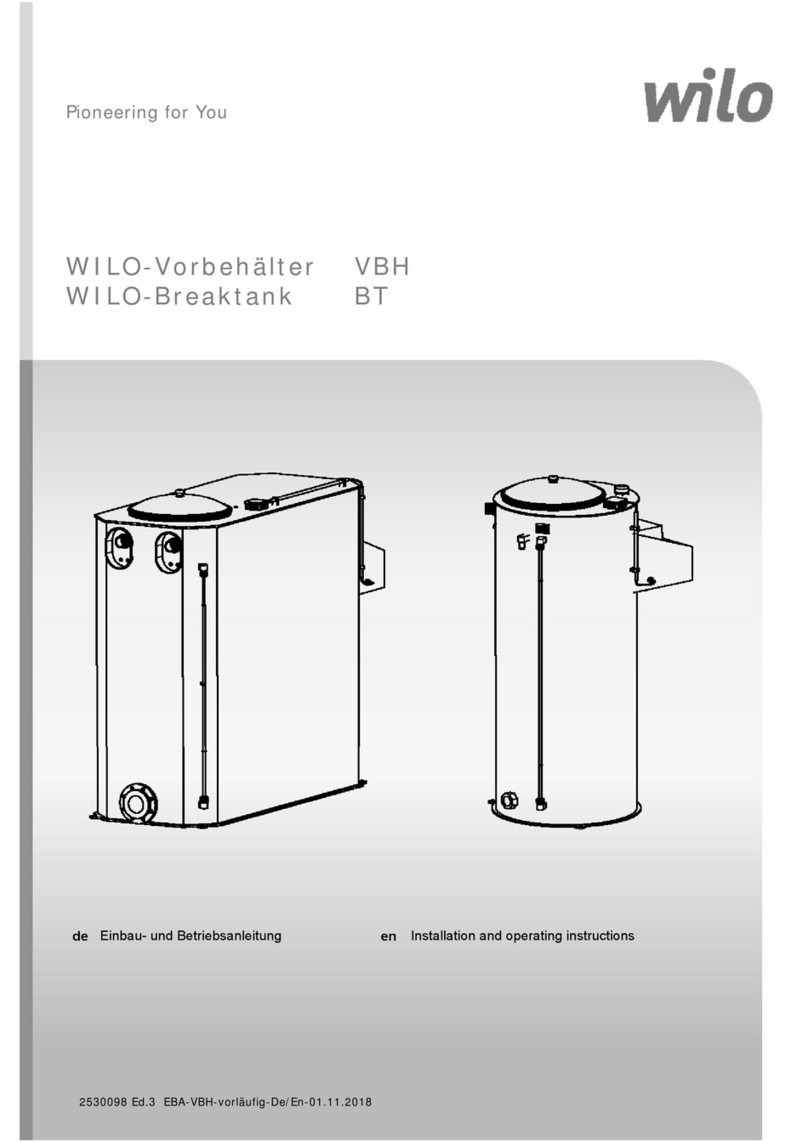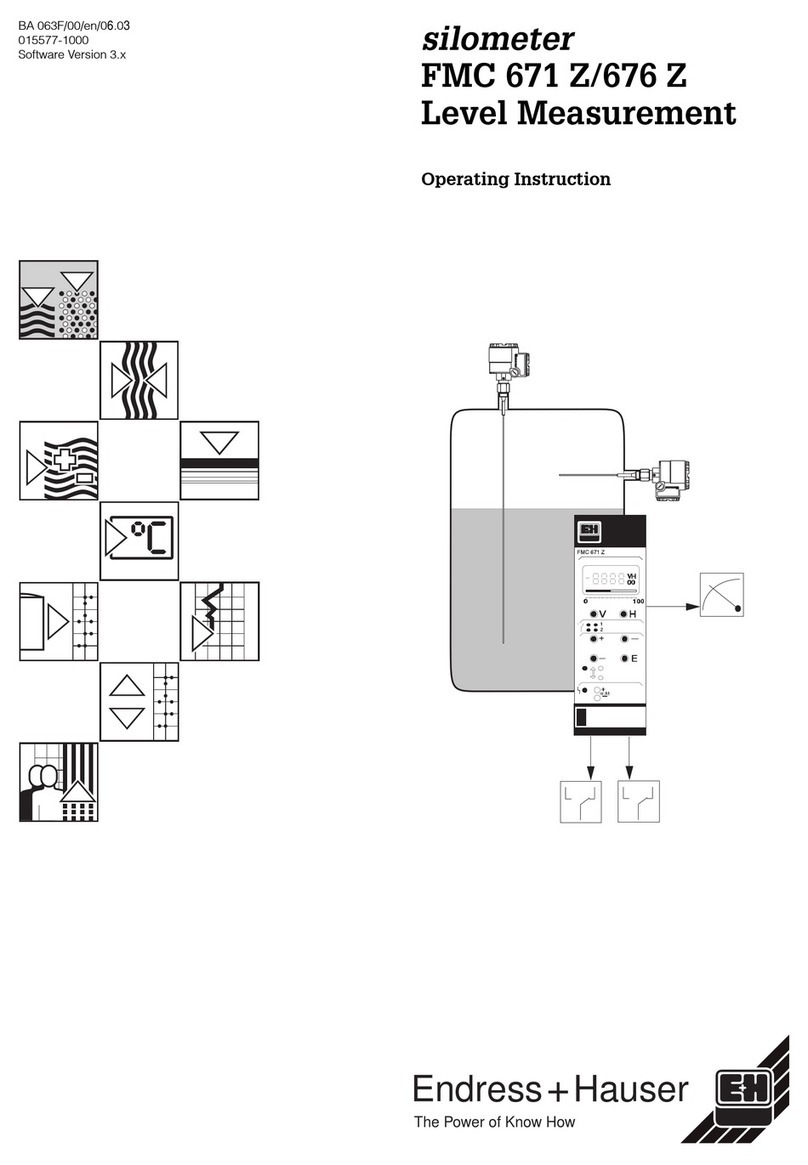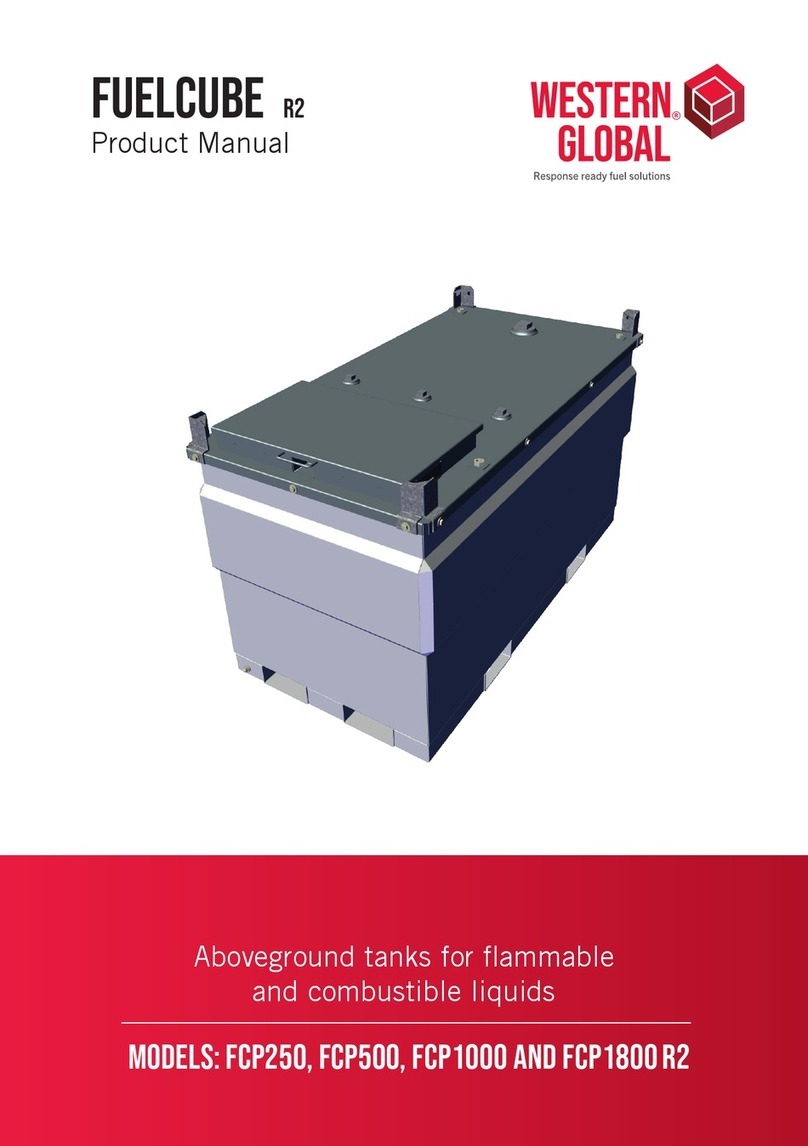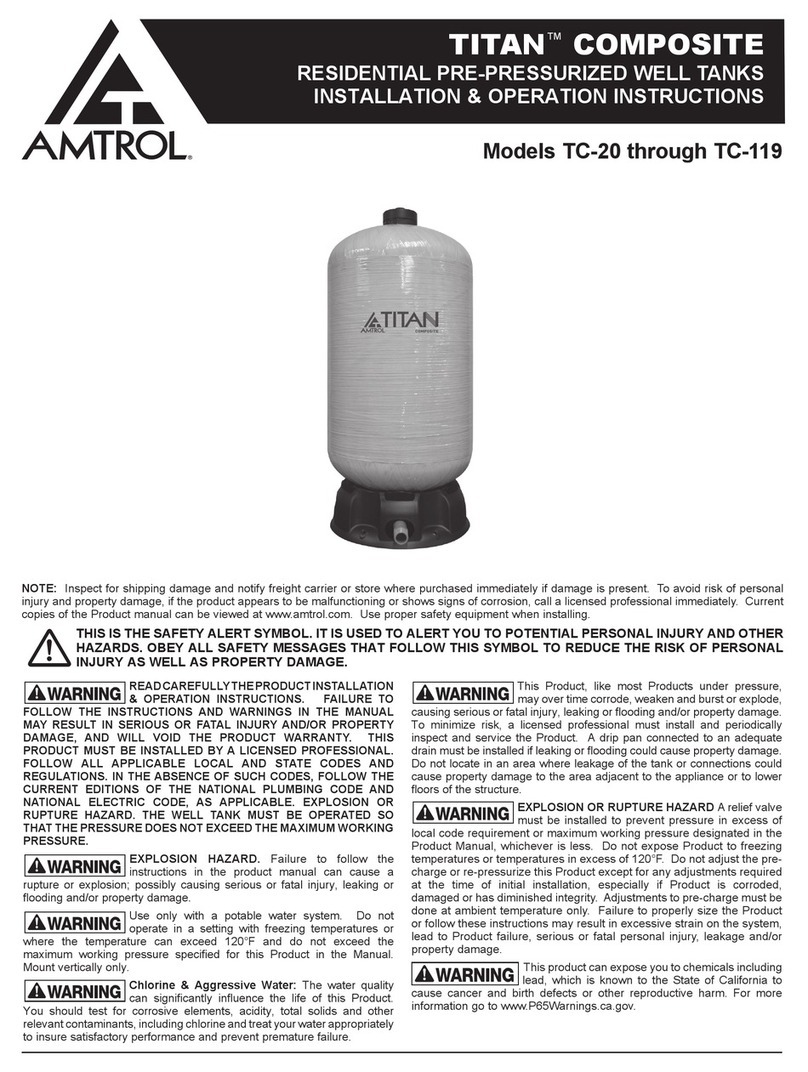
│8
6 - Installation and Commissioning
Defects caused by improper installation, use or handling are not covered by warranty.
Defects caused by improper installation, use or handling are not covered by warranty.
After the tank is installed and connected to an existing heating system, it is recommended to clean the entire heating
system using a suitable cleaning agent, e.g. MR-501/R or some other supplied by Regulus.
Anti-corrosion protective liquid should be also used, e.g. MR-501/F or F1.
6.1 - Connection to heat sources
Place the tank on the floor, as close to your heat source as possible. Mount the insulation, cf. Installing Insulation on
the Tank. Connect the heating circuits to inlets and outlets respecting the thermal stratification in the tank. Install a
drain valve at the lowest point of the tank. Install an air vent valve at the highest point of the system. Insulate all the
connecting piping.
6.2 - Connection to a solar system
The tank can is not primarily intended for use with a solar system but if needed, this can be done via a heat exchan-
ger between the solar system and the tank. In such a case, insulate well all the piping between the tank and the solar
system.
6.3 - Heating rod installation
The tank may be fitted with electric heating rods up to 9kW output. They can be power-supplied either directly (ele-
ments with built-in thermostat) or via a controller for the entire heating system.
All electric heating elements shall be protected by a safety thermostat.
Electric heating rods shall be installed by an authorized person only.
6.4 - Commissioning
This tank is not designed for DHW heating.
The tank shall be filled up together with the heating system, respecting valid standards and rules. In order to minimize
corrosion, special additives for heating systems should be used. The quality of heating water depends on the quality of
filling water at commissioning, on the top-up water and on the frequency of topping up. This has a strong influence on
the lifetime of heating systems. Poor quality of heating water may cause problems like corrosion or incrustation, esp.
on heat transfer surfaces.
Fill the heating circuits with the appropriate fluids and air-bleed the entire system. Check all connections for leaks and
verify the system pressure. Set the heating controller in compliance with the documentation and manufacturer’s reco-
mmendations. Check regularly proper function of all control and adjusting elements.
